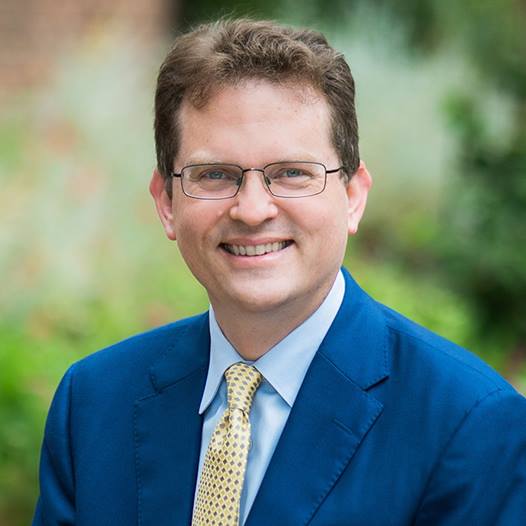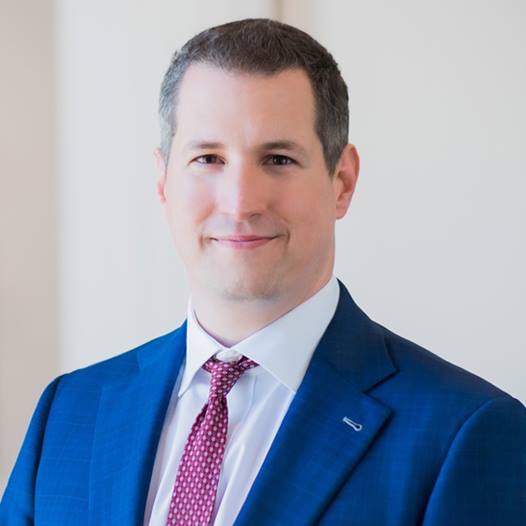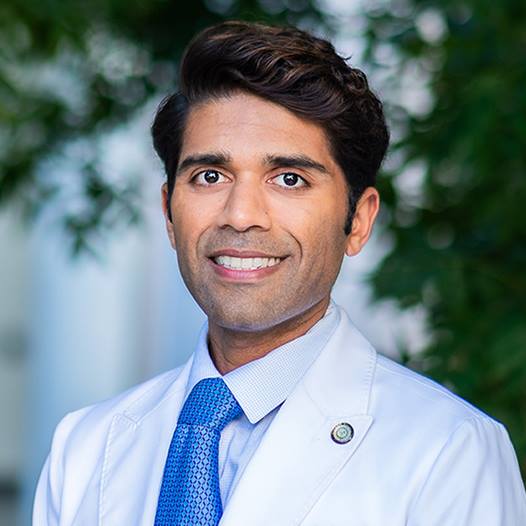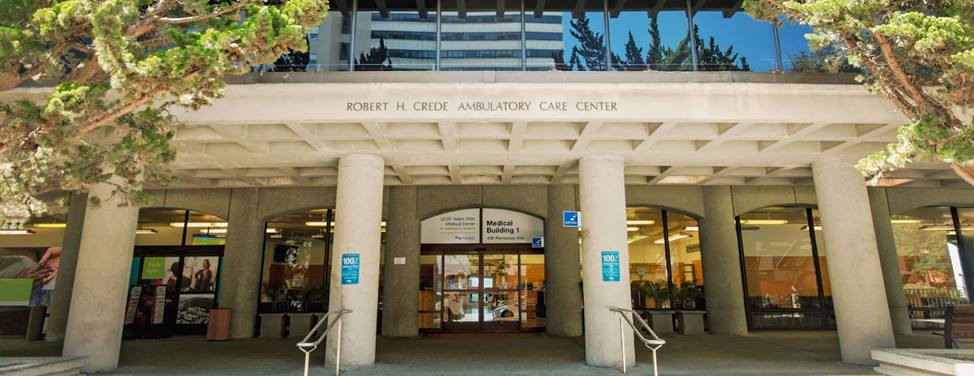It was 5:30 a.m. when Claudia Sims awoke to the sound of wheezing. "Odd," she thought; her husband, Gary Siefer, hadn't had an asthma flare-up for years. Straining to listen, she realized that he was gasping as he struggled to pull himself up from a fall next to the bed. Bolting to her husband's side, she found him partially paralyzed, his mouth drooping and lopsided – a hallmark of a stroke.
Sims called 911.
At 75, Siefer was healthier than many of his peers, still taking on small construction projects and working out several times a week on an exercise bike. But he had a history of atrial fibrillation (A-fib), an irregular heart rhythm that raises the risk of blood clots and strokes. Years earlier, he had undergone two surgeries to correct his A-fib and reduce his stroke risk.
Removing the blood clot
When the ambulance arrived, Siefer was taken to nearby Sonoma Valley Hospital, an affiliate of UCSF Health, where he underwent a CT scan to confirm the stroke. The Sonoma team transferred him to UCSF, which has a comprehensive stroke center, the highest certification awarded to hospitals that can treat the most complex cases. "We deliver outstanding innovative care, from the emergency department to the in-hospital setting, to provide acute treatment, promote stroke prevention, and enhance recovery and rehabilitation," said the center's medical director, Dr. Anthony Kim, who would oversee Siefer's care.
When Siefer arrived at UCSF Helen Diller Medical Center at Parnassus Heights, a plan for his care was already in place.
By then, it was too late to use clot-dissolving drugs, explained Dr. Steven Hetts, co-chief of neuro-endovascular surgery. "Too many hours had elapsed between the time when he was last seen well. Generally, you have to get those medications within three to four-and-a-half hours of symptom onset."
Instead, Siefer underwent an embolectomy, in which a catheter (a thin, flexible tube) was threaded from an artery in his thigh to the clot in his brain. The clot was then removed using a device inserted into the catheter. "This was a life-threatening stroke or one that could have left Siefer with serious disabilities," said Dr. Luis Savastano, Hetts' co-chief of neuro-endovascular surgery, who performed the procedure. "Early recognition and transfer to our center changed his life."












